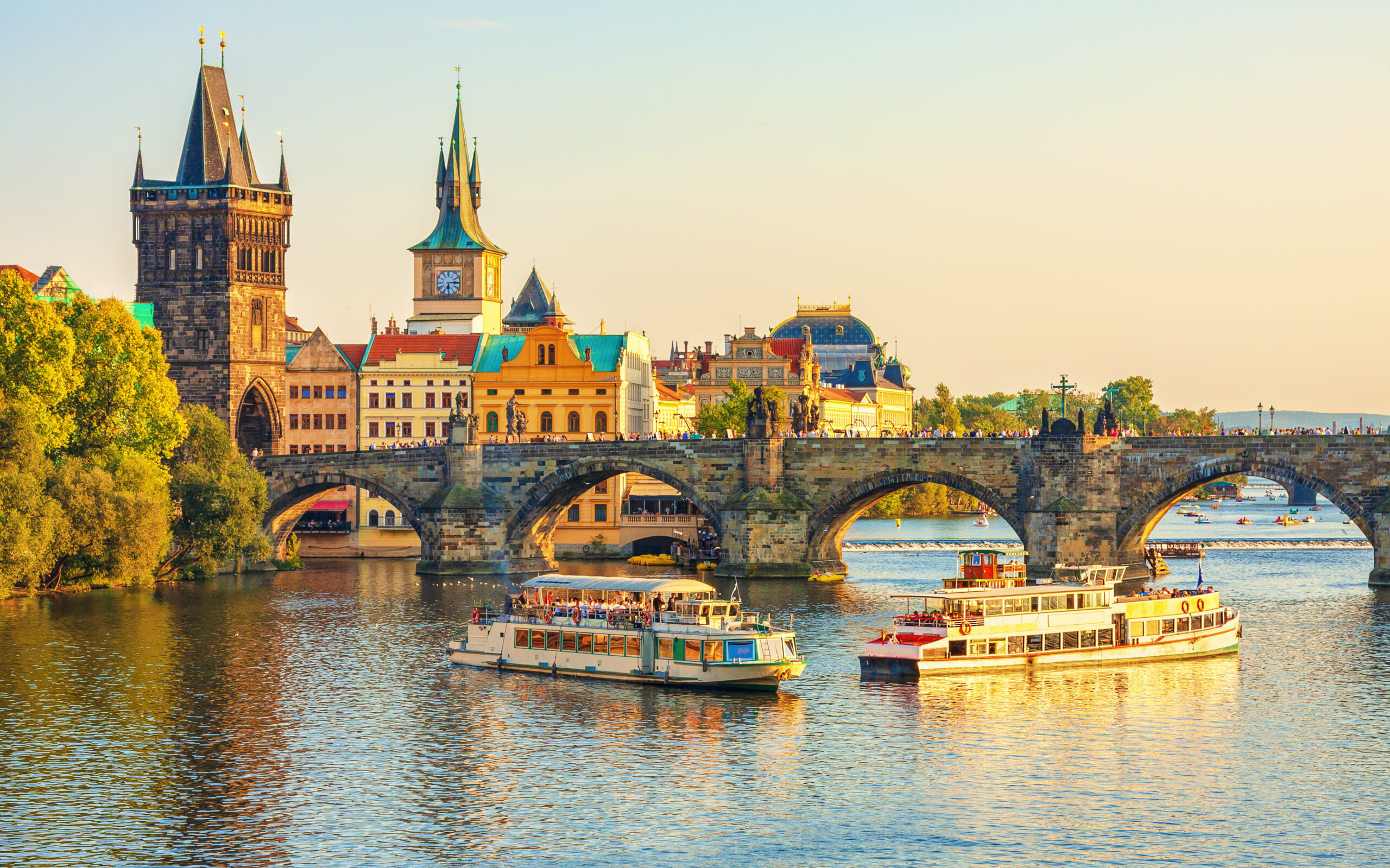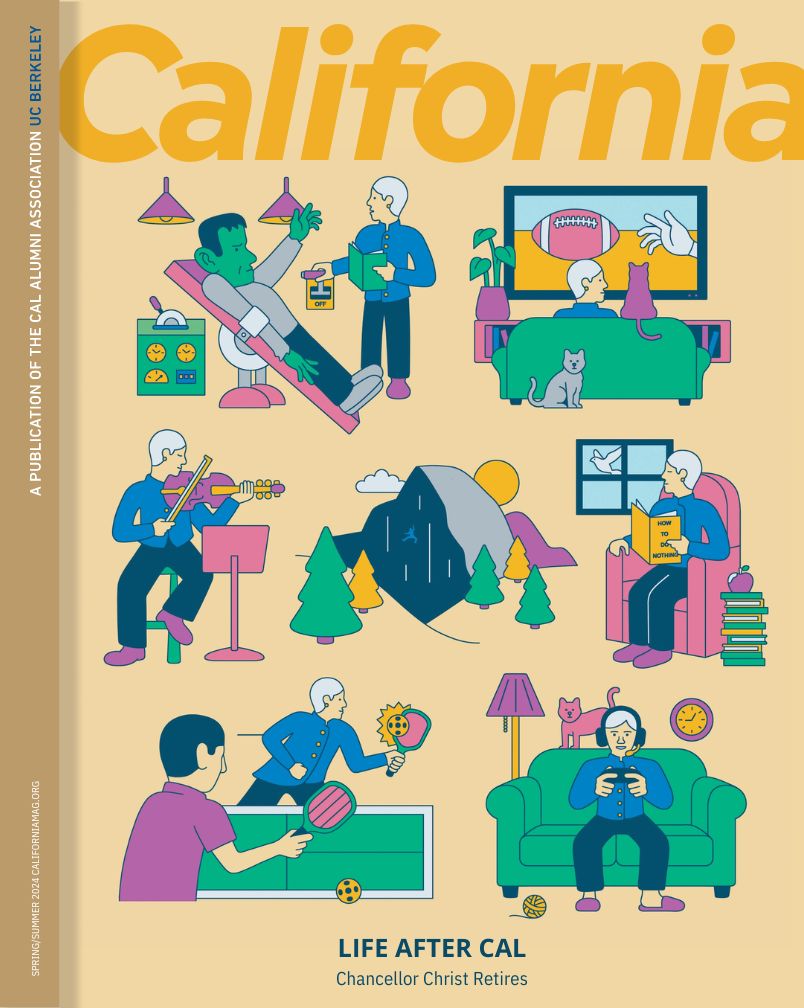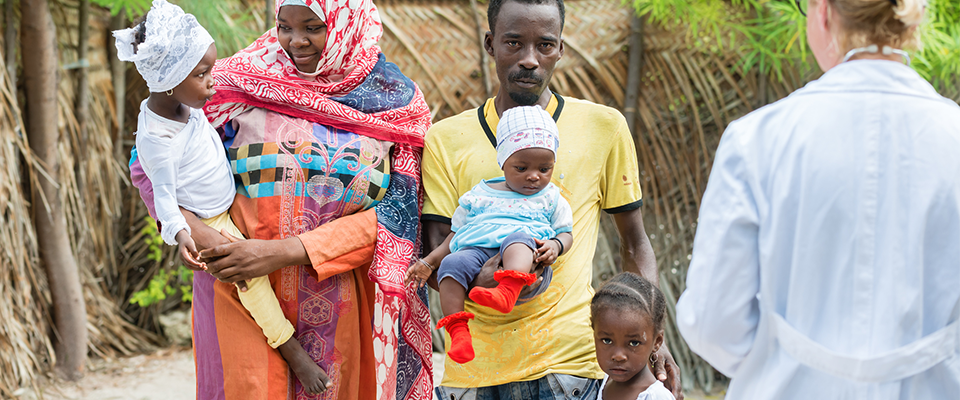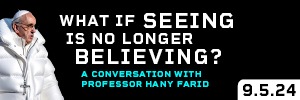On March 29, 2019, fifteen cases of Ebola were reported in the Democratic Republic of Congo. It was the biggest one-day spike in an outbreak that started last summer and was deeply worrisome for a few reasons: Ebola has a mortality rate of at least 50 percent, according to the World Health Organization (WHO), and spreads quickly through contact with bodily fluids. Also, the sudden uptick in cases could presage a rapid expansion of the virus throughout the entire Congo Basin and beyond.
While the possibility of a global Ebola pandemic is unlikely, the disease poses great risk for countries with poor infrastructure and rudimentary health services. To effectively stem Ebola epidemics, public health officials need cooperation from the hot zone communities. And in isolated, rural areas of Africa, distrust of outsiders is a major roadblock.
“Rumor is a potent force in rural Africa, and rumors were circulating that the vaccines and medicines were poison, that people were being used for experiments.”
The devastating 2014 West Africa epidemic is a case in point. In October of that year, WHO declared an Ebola outbreak in Guinea, which quickly spread to Liberia and Sierra Leone. Before it was quelled in 2016, the virus had infected more than 28,600 people and caused 11,325 deaths. It remains the largest Ebola outbreak to date.
When the disease was first reported in Sierra Leone, Meredith Minkler, a UC Berkeley Public Health professor emerita, was in South Africa teaching—coincidentally—an intensive course on community engagement during public health crises. The news coming out of Sierra Leone worried her deeply. Not simply because of the epidemiological implications of the outbreak; she also was concerned about the response. It was, she felt, deficient.
“You had medical people going in with all this medical and protective equipment, but they didn’t have anyone with them who knew local customs and local people of influence,” Minkler says. “As the epidemic progressed, the teams were met with anger, fear, and distrust because there was no one community members respected who could intercede.”
Because locals feel intimidated by the abrupt incursion of international response teams cloaked in hazmat suits, they often resist the forced quarantine of the bodies of dead relatives and friends. And rumors persist that the disease is a neo-colonial plot, and that newly-developed vaccines are worthless—or worse. “Rumor is a potent force in rural Africa,” says Minkler, “and rumors were circulating that the vaccines and medicines were poison, that people were being used for experiments. What happened there went counter to everything we were trying to teach in South Africa.”
Ebola rampaged through Sierra Leone for more than a year, seemingly immune to all attempts to eliminate it. The United Kingdom sent its hospital ship, the Argus, to join in the fight. It carried 32 off-road vehicles and three helicopters to shuttle health care workers and equipment. But locals often resisted the aid, refusing treatment and invading quarantined morgues to reclaim the bodies of dead relatives, further contributing to the disease’s spread. Conspiracy rumors were rife: Ebola was caused by witchcraft, malign spirits, or poisoning by aspiring neo-colonialists; the treatments and protocols were worthless, and a local medicinal decoction brewed from the bitter kola plant was the only effective remedy.
There was also violence. In the town of Koidu, youth gangs rioted through the streets, burning buildings and chanting, “No more Ebola.” Two people reportedly were killed, and police imposed a curfew on the town. And still Ebola raged on.
Working with local community leaders also helped health care officials identify the most effective means for communicating critical information on the epidemic.
“But by the spring and summer of 2015, it was confirmed that at least half of the active transmission chains were linked to traditional healers,” says Minkler. “The healers were touching sick people and the bodies of the dead as they presided over healing rites and burials, and that contributed greatly to the spread of disease. At that point, Sierra Leone’s president [Ernest Bai Koroma] made a brilliant policy decision.”
Koroma met with the head of Sierra Leone’s traditional healers union, and the two men ultimately convened a conference with 700 of the nation’s most respected healers.
“Koroma told them they were the only ones who could stop the disease, and he convinced them to swear an oath to refrain from touching the sick and the dead until the epidemic was over,” Minkler says.”
The healers also pledged to introduce aid workers to the heads of Sierra Leone’s “secret societies,” says Minkler. Virtually every locale in Sierra Leone has such groups, composed of powerful community members who operate semi-anonymously. Healers typically know the leaders of these secret societies, or may be members themselves.
“By working with the healers and the societies, health workers were able to learn local customs and earn the trust of the people,” Minkler says. “The community leaders also knew who was sick, where bodies were being hid—they were able and willing to identify the active links in the transmission chains and help end them.”
Working with local community leaders also helped health care officials identify the most effective means for communicating critical information on the epidemic. In the early stages of the outbreak, health care teams relied on posters, flyers, and other printed material to get the word out on Ebola.
“But most people in the country get their information from the radio,” says Minkler. “Radio is the major communication medium in West Africa. Eventually, a very popular group called the Refugee All Stars recorded a couple of songs on Ebola that got a lot of play, and that made a huge difference.”
“It’s critical that the medical teams who are coming in aren’t perceived as outsiders or invaders by the people who are suffering through these crises.”
The West African epidemic was finally halted, but multiple reservoirs of the virus exist, and outbreaks, like the most recent one in DRC, are inevitable.
Fortunately, crucial lessons have been learned.
“One thing that’s encouraging is that the World Health Organization has developed a protocol for Ebola-related burials that accounts not just for medical safety, but community cultural and psychological needs,” says Minkler. “That includes providing frequent updates to family members of a patient, allowing them to conduct prayers when death is near, and dignified burials.”
The important thing now, says Minkler, is to sensitize medical responders to cultural and social issues before an outbreak, emphasizing the need to work with local leaders.
As she explains, “It’s critical that the medical teams who are coming in aren’t perceived as outsiders or invaders by the people who are suffering through these crises.”



















